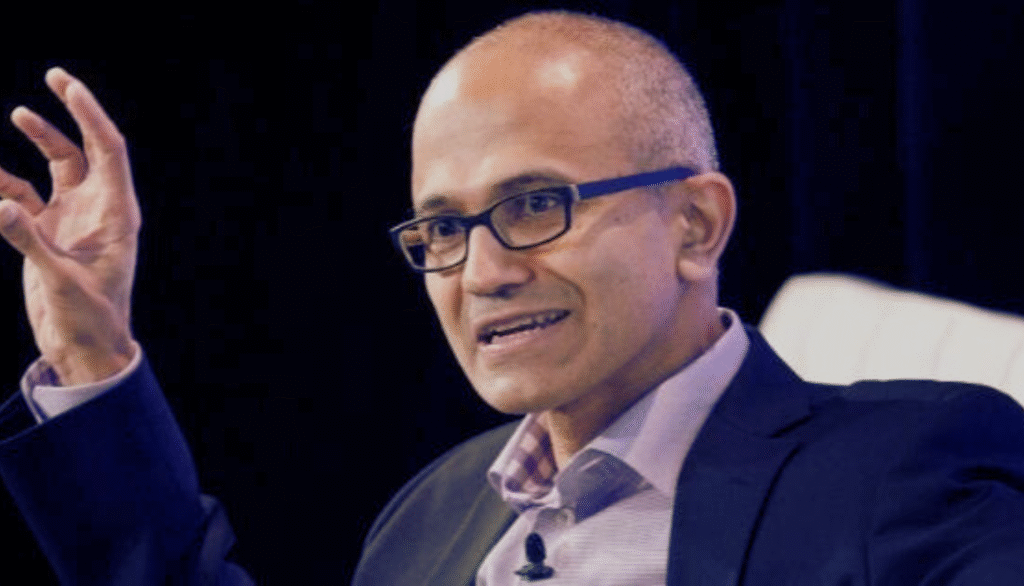Microsoft and OpenAI are reportedly in discussions to revise key elements of their partnership, according to sources cited by the Financial Times.
Highlights
The negotiations are said to involve potential changes to OpenAI’s for-profit structure and adjustments to long-term agreements between the two companies, reflecting the fast-evolving nature of the artificial intelligence industry.
At the center of the talks is the question of Microsoft’s equity stake in OpenAI’s capped-profit entity. OpenAI recently announced plans to transition its business arm into a for-profit public benefit corporation, while governance will remain under the control of its nonprofit board.
This restructuring has prompted increased scrutiny from stakeholders, including Microsoft, which has invested $13 billion into the company and serves as a primary distributor of OpenAI’s models through platforms such as Azure and Microsoft 365 Copilot.
Equity, Access, and Long-Term Collaboration
As part of the ongoing negotiations, Microsoft is reportedly seeking clarity on how much equity it will hold in the restructured for-profit entity. The companies are also exploring revisions to contractual terms related to technology access.
One scenario under consideration involves Microsoft exchanging part of its ownership stake for extended usage rights to OpenAI’s models, potentially beyond the current 2030 timeframe.
These developments come as the dynamic between Microsoft and OpenAI becomes increasingly complex. While the companies maintain a collaborative relationship, OpenAI’s growing enterprise ambitions and infrastructure initiatives suggest a shift toward greater operational independence.
The Stargate Project and Infrastructure Strategy
A key example of this strategic shift is OpenAI’s Stargate project—a $500 billion initiative aimed at building dedicated AI infrastructure.
Although Microsoft remains an essential technology partner, it is not an equity investor in the Stargate initiative. The project is being backed by companies such as SoftBank, Oracle, and MGX.
OpenAI plans for Stargate to supply as much as 75% of its computing capacity by 2030. This approach signals a move to diversify its reliance on Microsoft Azure and reflects a broader intent to scale its AI capabilities through a mix of internal and third-party infrastructure providers.
Revised Cloud Agreements and Flexibility
The collaboration between Microsoft and OpenAI has also seen changes in cloud service agreements. The previous exclusive arrangement has reportedly transitioned to a Right of First Refusal (ROFR) model.
Under this framework, company retains the opportunity to be the first provider considered for OpenAI’s cloud needs. However, OpenAI can turn to alternative providers if Microsoft cannot meet specific requirements.
This change offers OpenAI increased flexibility while maintaining continuity with Microsoft’s cloud ecosystem. It also aligns with the company’s broader strategy to expand infrastructure options as AI workloads continue to grow.
Governance Structure and Regulatory Attention
OpenAI’s revised corporate structure has drawn attention from regulatory agencies in California and Delaware, particularly around the alignment of its nonprofit mission with its for-profit operations.
Some critics, including Elon Musk, have raised concerns that the restructuring could result in the transfer of charitable assets to private stakeholders.
OpenAI has emphasized that its nonprofit board will continue to oversee the for-profit arm, ensuring that mission alignment remains central to its commercial strategy.
The organization asserts that the structural changes are intended to support long-term growth while preserving its foundational governance principles.
Future of the Microsoft–OpenAI Partnership
The outcome of the current negotiations could shape the trajectory of one of the most prominent alliances in the AI sector.
Microsoft’s early investment in OpenAI and the integration of its models into flagship products have significantly contributed to the rise of generative AI in business applications.
However, as OpenAI expands its direct enterprise offerings and builds new infrastructure channels, the terms of its partnership with Microsoft may need to evolve.
Whether this results in a recalibrated collaboration or a looser alignment remains to be seen, but both companies appear to be positioning themselves for a more flexible and competitive future in enterprise AI.


